Video game development is the process of creating immersive digital experiences that transport players to other worlds, challenge their skills, and captivate their imaginations. From blockbuster AAA titles to indie darlings, Game Development Stages is a highly collaborative and constantly evolving field involving diverse skills and expertise. It’s not just about creating a game but crafting an interactive world with which players can explore and engage.
Game developers use various tools like game engines and programming languages to bring their ideas to life. They work on everything from designing game mechanics to creating art assets, writing code, and testing the game to ensure it’s polished and bug-free. The end goal of Game Development Stages is to create an engaging and entertaining experience that players will love and want to keep coming back to.
The Stages of Game Development
In order for a game to be made, studios go through 6 general game development stages. Let’s examine what each one entails:
1. Pre-Production
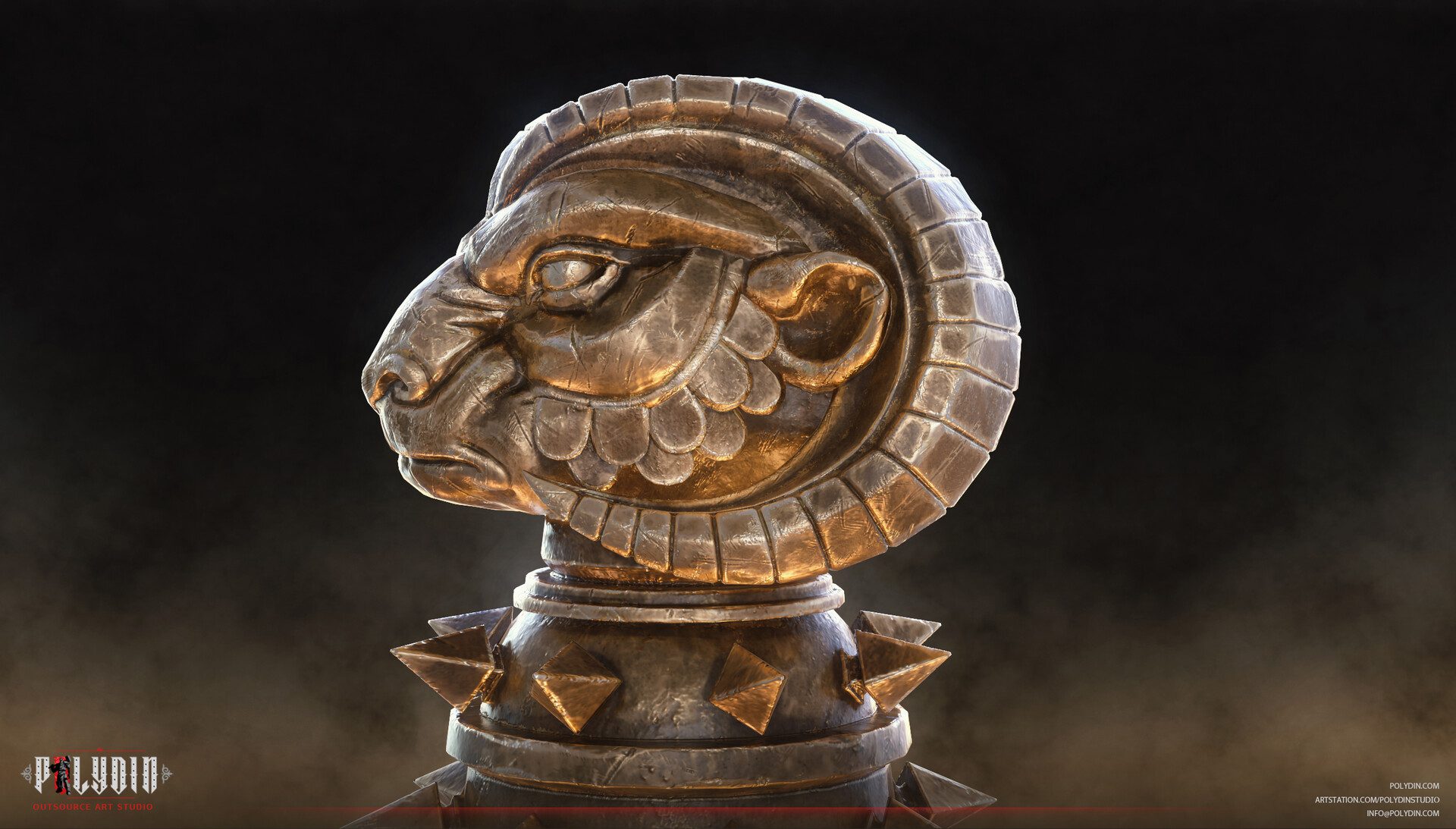
The pre-production stage is the first stage of Game Development Stages. During this stage, the focus is on planning and preparation. The game concept is defined, a game design document is created, and the team and budget are established. Pre-production aims to lay the foundation for the rest of the Game Development Stages.
One of the key tasks during pre-production is creating the game design document (GDD). The GDD outlines the game’s mechanics, features, story, art style, and other important details. It serves as a roadmap for the development team and helps ensure everyone is on the same page.
Another important task during pre-production is establishing the team and budget. This includes hiring the necessary staff, such as game designers, artists, programmers, and testers. It also involves setting a budget for the project and determining how resources will be allocated throughout the development process.
Overall, the pre-production stage is crucial for setting the foundation for the game’s development. It allows the team to establish a clear vision for the game and ensures that everyone is working towards the same goals.
2. Production
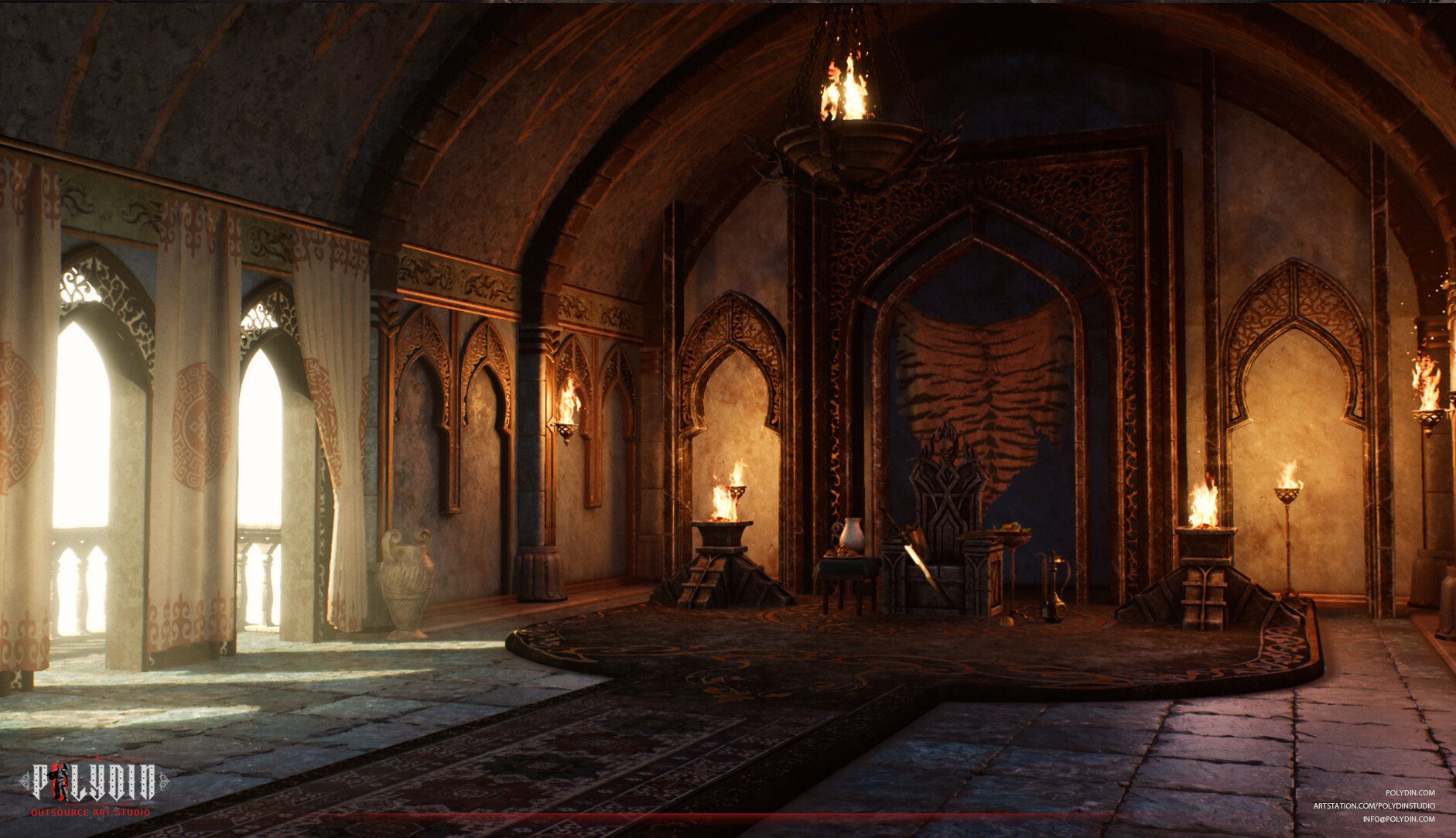
The production stage is the main stage of game development. This is where most of the game assets are created, programmed, and assembled into a playable game. The production goal is to bring the game design document to life and create a playable prototype.
During production, the game development team works on creating the art assets, programming the game mechanics, and implementing the features outlined in the game design document. This involves great collaboration and communication between team members, as each game aspect must be integrated and tested.
One of the biggest challenges of the production stage is managing the scope of the game. It’s important to balance the desire to add new features with the need to stay on schedule and within budget. This requires careful planning and constant communication between the development team and project managers.
The production stage is where the bulk of the Game Development Stages work happens. It requires hard work, collaboration, and creativity to turn the game design document into a fully-realized, playable game.
Read Also: Game art outsourcing
3. Testing
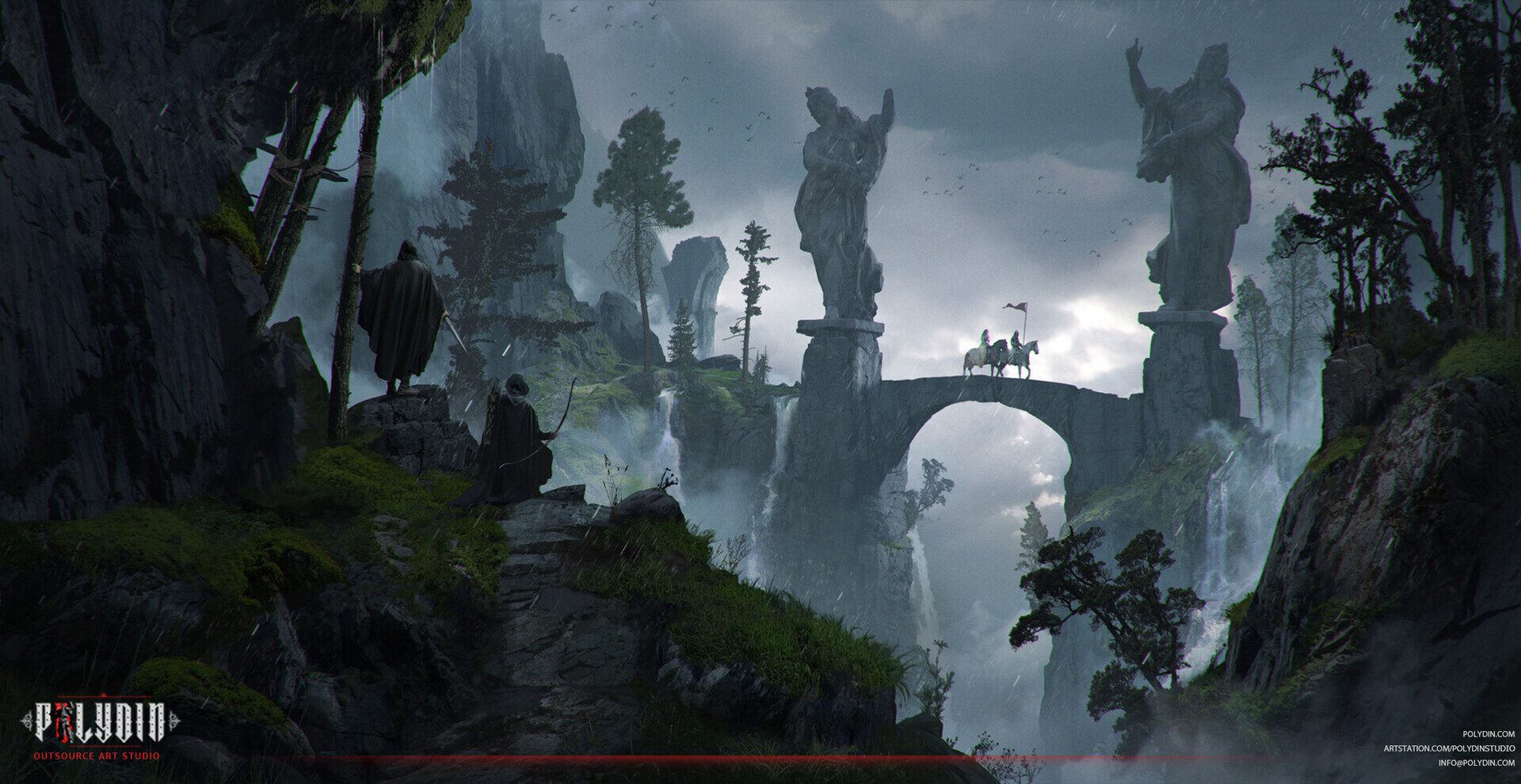
The testing stage is a crucial part of Game Development Stages that involves ensuring that the game functions as intended and is free of bugs and glitches. Testing is done throughout the development process, but the testing stage is where the game is thoroughly tested before it is released to the public.
During testing, the development team uses a combination of automated and manual testing to find and fix bugs and glitches. This involves testing the game on different platforms, devices, and operating systems to ensure it works correctly on all of them. The team also performs playtesting to get real users’ feedback and ensure the game is fun and engaging.
One of the main challenges of the testing stage is identifying and prioritizing bugs. With a large and complex game, there can be a vast number of bugs and glitches, and it can be difficult to determine which ones are most important to fix. The testing team must work closely with the development team to prioritize bugs and fix the most critical ones.
Another important aspect of the testing stage is optimizing the game’s performance. This involves ensuring the game runs smoothly on all platforms and devices, even those with lower specs. This requires a combination of optimizing code, reducing asset sizes, and finding other ways to improve the game’s performance.
The testing stage is a critical part of Game Development Stages that ensures the game is bug-free and enjoyable for players.
4. Pre-Launch
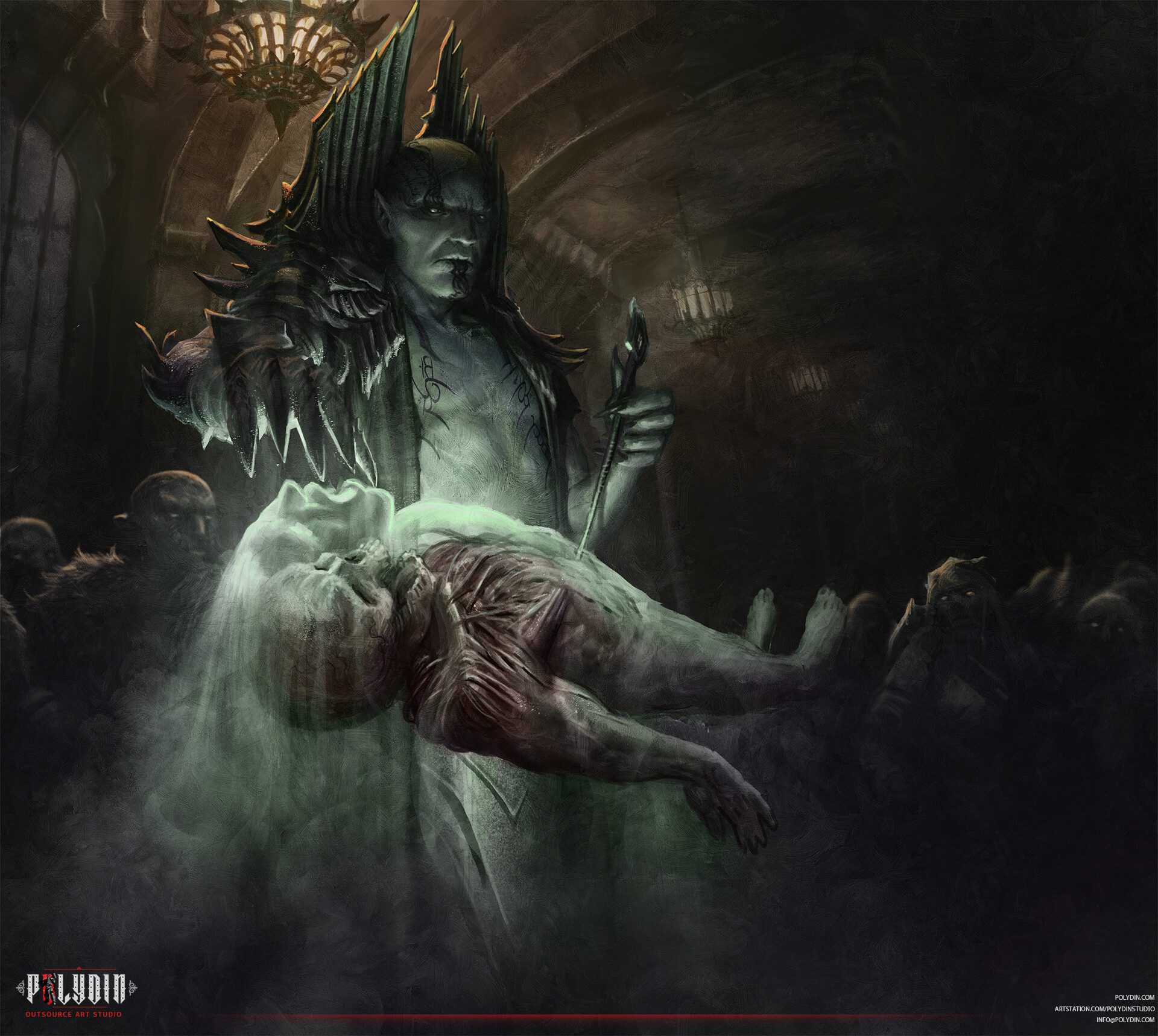
The Pre-Launch stage is the final stage of development before the game is released to the public. During this stage, the development team prepares the game for launch by polishing the final details and performing various pre-launch tasks.
One of the key tasks during the Pre-Launch stage is finalizing the game’s content. This involves adding last-minute features, fixing remaining bugs, and ensuring the game’s balance is perfect. The team also creates marketing materials, such as trailers, screenshots, and promotional art, to help build hype and generate interest in the game.
The team also works on finalizing the game’s distribution, ensuring that it is available on all desired platforms and marketplaces. This may involve working with publishers, distributors, or storefronts to ensure the game is available for purchase and download on launch day.
Finally, the team also plans for post-launch support, such as releasing updates and patches to fix any issues that arise after the launch.
5. Launch
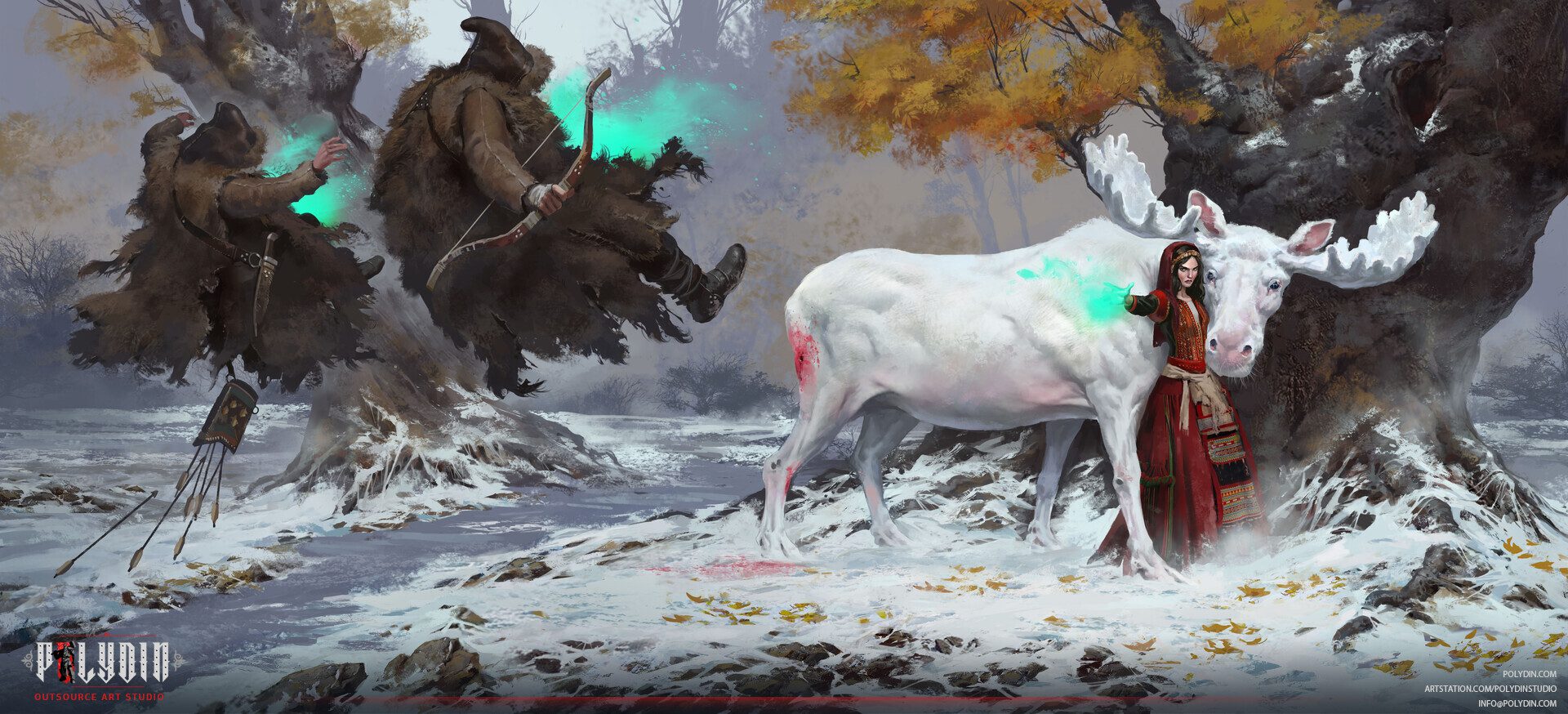
The Launch stage is when the game is finally released to the public. It is the culmination of all the hard work that has gone into development up to this point and the moment when the team finally sees their creation in the hands of players.
During the Launch stage, the development team is focused on ensuring a successful launch and handling any issues that may arise. This includes monitoring the game’s performance and user feedback, responding to bug reports, and addressing any other technical issues players may encounter.
Marketing and PR efforts are also crucial during the Launch stage. The team must continue to build hype for the game and generate buzz through social media, influencer partnerships, and other promotional channels. The goal is to ensure the game reaches as many players as possible and achieves commercial success.
The Launch stage is also a time for celebration and reflection for the development team. They have worked tirelessly for months or even years to create the game, and now they see it come to life in players’ hands. It is a time to celebrate their achievements and take pride in what they have accomplished.
Or it’s time to panic if things go REALLY wrong.
6. Post-Production
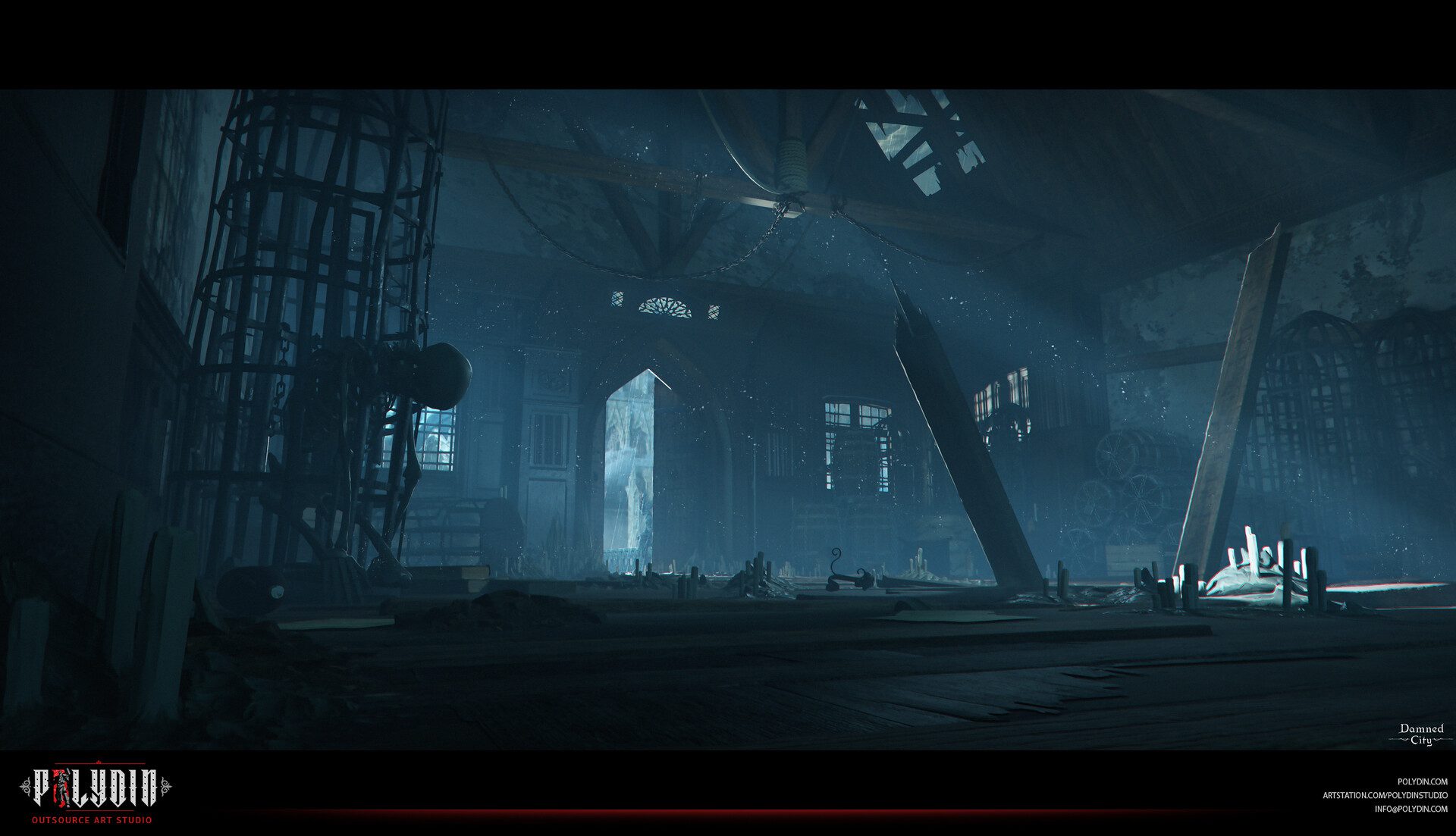
The Post-Production stage is the final game Development Stage following the game’s launch. During this stage, the development team shifts their focus from creating the game to maintaining it and planning its future.
One of the key tasks during Post-Production is maintaining the game’s stability and fixing any bugs or technical issues that may arise. This ensures that the game remains playable and enjoyable for players. The team also continues to monitor user feedback and engage with the community, making improvements and adding new content to keep players engaged.
Post-Production is also a time for the team to reflect on the development process and identify areas for improvement. They review the game’s success (or, God forbid, the failure), analyzing sales figures, critical reviews, and player feedback to understand what worked well and what didn’t. This feedback informs future game development projects and improves the team’s processes and workflow.
Finally, Post-Production is a time to plan for the game’s future. The team may begin working on downloadable content (DLC) or expansions to the game, or they may begin brainstorming ideas for a sequel or new game altogether.
Overall, the Post-Production stage is a crucial part of Game Development Stages that ensures the game remains stable, engaging, and relevant even after its initial launch. It is a time for the team to reflect on their successes, failures and challenges and to plan for the future of their game development career.
How Perforce Complements the Game Development Process
Perforce, a popular version control system, is widely used in game development due to its ability to handle large files and complex projects efficiently. Here’s how Perforce complements the game development process:
Efficient Version Control
- File Management: Perforce is designed to manage large binary files, which are common in game development (e.g., textures, models, audio files). This capability ensures that all assets are efficiently stored and managed.
- Versioning: It allows teams to track changes, revert to previous versions, and manage multiple iterations of game assets, reducing the risk of losing important work.
Collaboration
- Concurrent Development: Perforce supports parallel development, enabling multiple team members to work on the same project simultaneously without conflicts.
- Branching and Merging: It provides robust branching and merging tools, allowing developers to experiment with new features or fixes in isolated branches before integrating them into the main project.
Integration with Other Tools - Game Engines: Perforce integrates seamlessly with popular game engines like Unreal Engine and Unity, streamlining the development workflow.
- Build Systems: It can be integrated with automated build systems, ensuring continuous integration and delivery, which helps maintain the quality and stability of the game.
Security and Access Control
- Access Permissions: Perforce allows for detailed access control, ensuring that only authorized team members can modify critical files. This enhances the security and integrity of the project.
- Audit Trails: It keeps comprehensive logs of all changes, providing a clear audit trail that helps in tracking issues and ensuring accountability.
Scalability
- Large Teams: Perforce is designed to handle the needs of large development teams, making it suitable for both small indie projects and large AAA game studios.
- Remote Collaboration: It supports remote teams by providing robust performance even over long distances, which is essential in the current landscape of distributed development.
Key Roles in Game Development Process
The game development process involves a wide range of roles, each contributing to different aspects of the project. Here are the key roles:
Game Designer
- Responsibilities: Creating the overall concept, gameplay mechanics, storylines, and levels. They design the rules and structure of the game.
- Skills: Creativity, problem-solving, understanding of game mechanics, and ability to convey ideas clearly.
Programmer
- Responsibilities: Writing the code that brings the game to life. They implement gameplay mechanics, AI, physics, and more.
- Skills: Proficiency in programming languages (C++, C#, etc.), problem-solving, and knowledge of game engines and development tools.
Artist
- Responsibilities: Creating visual assets for the game, including characters, environments, textures, and animations.
- Skills: Artistic talent, proficiency in software tools (Photoshop, Blender, Maya), and understanding of visual storytelling.
Animator
- Responsibilities: Bringing characters and objects to life through motion. They create animations for character movements, environmental interactions, and cinematic sequences.
- Skills: Understanding of anatomy, motion, and timing, along with proficiency in animation software.
Sound Designer
- Responsibilities: Creating and integrating audio elements, including sound effects, music, and voice-overs.
- Skills: Audio engineering, creativity, and proficiency in sound design software.
Game Tester (Quality Assurance)
- Responsibilities: Testing the game to identify bugs, glitches, and issues with gameplay mechanics. They ensure the game is polished and runs smoothly.
- Skills: Attention to detail, patience, and an understanding of the game and its mechanics.
Project Manager
- Responsibilities: Overseeing the development process, coordinating between teams, managing timelines, and ensuring the project stays on track.
- Skills: Organizational skills, leadership, communication, and an understanding of game development.
Common Challenges Faced During Game Development Process and How to Overcome Them
Game development is a complex process fraught with challenges. Here are some common issues and strategies to overcome them:
Scope Creep
- Challenge: Uncontrolled growth of a project’s scope, leading to delays and budget overruns.
- Solution: Define clear project goals and stick to them. Implement a robust project management process and regularly review the scope to ensure it remains manageable.
Technical Issues
- Challenge: Bugs, crashes, and performance issues can derail development.
- Solution: Regular testing and code reviews can help identify and fix issues early. Use version control systems like Perforce to manage changes and maintain code integrity.
Team Communication
- Challenge: Miscommunication or lack of communication can lead to misunderstandings and mistakes.
- Solution: Foster open communication channels, regular team meetings, and use collaborative tools to keep everyone on the same page.
Time Management
- Challenge: Projects often take longer than expected, leading to missed deadlines.
- Solution: Break the project into smaller milestones and use project management tools to track progress. Ensure realistic timelines and allocate buffer time for unexpected delays.
Resource Management
- Challenge: Limited resources, such as budget and manpower, can constrain the project.
- Solution: Prioritize tasks and allocate resources efficiently. Consider outsourcing non-core tasks to manage workload effectively.
Balancing Innovation and Playability
- Challenge: Striking the right balance between innovative features and a playable game can be difficult.
- Solution: Conduct regular playtesting to gather feedback and iterate on the game design. Focus on core gameplay mechanics before adding complex features.
Maintaining Quality
- Challenge: Ensuring high quality throughout the development process can be challenging.
- Solution: Implement continuous integration and regular QA testing. Encourage a culture of quality and attention to detail among the team.
Player Expectations
- Challenge: Meeting player expectations and market demands can be tough.
- Solution: Engage with the player community early and gather feedback. Stay updated with market trends and competitor analysis to align the game with player interests.
By addressing these challenges with strategic planning, effective tools, and a collaborative team approach, game developers can navigate the complexities of game development and create successful, engaging games.
Read Also: Agile Game Development | Efficiency and Flexibility
Final Words
The game Development Stage is a complex and multifaceted process involving various skills and expertise. Each stage is vital to the game’s success, from the early stages of pre-production to the final stages of post-production. By understanding the different stages of game development, game developers can plan and execute their projects more effectively, creating engaging and enjoyable experiences for players.
While each Game Development stage has its own unique challenges and tasks, they are all interconnected and dependent on one another. Pre-production lays the groundwork for the game’s development, the production brings the game to life, testing ensures its quality, pre-launch prepares for its release, the launch brings the game to the players, and post-production ensures its continued success and relevance.
With the growth of the gaming industry and the increasing demand for high-quality games, Game Development Stages have become a highly competitive field. However, by mastering the different stages of game development, developers can create games that stand out from the crowd and capture the attention of players worldwide.



